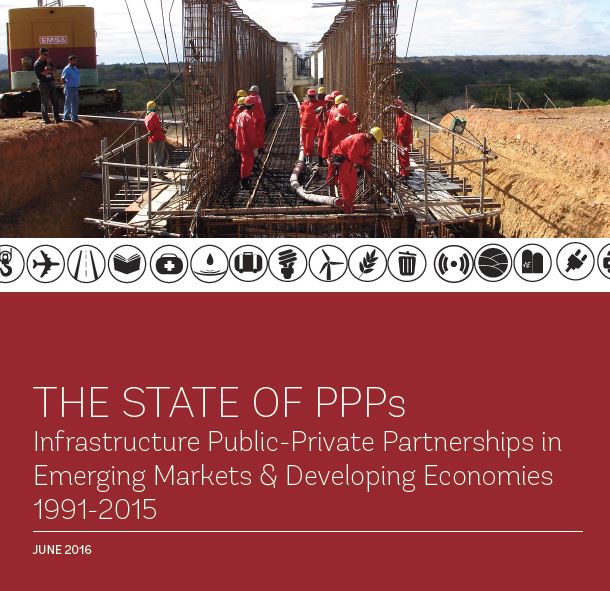958 results found
Featured results



More results
ChargePoint as a Service installs electric vehicle (EV) chargers for no upfront cost in return for a fixed term subscription CPaaS reduces overhead costs and offer predictable operational expenses CPaaS also proactively monitors stations to identify and fix technical issues remotely and enables businesses to track performance and utilization. Georgia Power (a utilities company in Georgia) and Pivet Atlanta, an automotive company has partnered with ChargePoint to install EV chargers in a major travel corridor.
Cambrian Innovation developed the WEPA to enable food and beverage manufacturers across the United States to implement their solutions to remove wastewater costs, reduce environmental impact, and alleviate capped production at no upfront cost or operational risk. Wineries in Nappa Valley, including Rombauer Vineyards, produced high-strength wastewater (diluted wine) through standard rinsing and cleaning processes putting pressure on traditional municipal treatment plants. In 2018, Rombauer Vineyards was the first replaced existing ineffective treatment system with an EcoVolt Solution from Cambrian Innovation.
Volta, a San-Francisco based EV charging company, partners with retailers, shopping malls, grocery chains, and others to place Volta’s chargers in prime parking spots in front of their businesses. The charging stations will also come with two billboard-sized screens for displaying advertising. An initial 15 minutes of charging is free to customers. California State Government supports the deployment of zero-emissions vehicles and fill gaps in the state’s EV infrastructure.
Many of the bridges are located in rural areas with low traffic volumes, hence PPP solutions are not attractive for investors
In light of Pennsylvania having over 4,500 bridges classified as structurally deficient, the Pennsylvania Department of Transportation (PennDOT) decided to prioritize infrastructure repair and replacement work
Most public infrastructure investments in the US are made by individual states rather than the federal government
In 2005, DC Water entered into an agreement with the EPA, establishing a 20 year plan worth c. USD 2.6B in planned investments to reduce 1 Combined Sewer Overflows (CSO) by 96%
Between 20 and 40 percent of the annual correctional population is homeless and has an arrest record for nonviolent nuisance crimes
The budget for federal rental assistance has long been insufficient and regularly reduced or threatened with complete removal across different political cycles
RaiseGreen is a new crowdfunding marketplace/platform for green projects. Individuals, startups, non-profits or even local governments looking to start their own green projects can utilise the platform to create and develop the project, set their own terms, and present their offering on RaiseGreen’s platform for potential investors. The platform offers a wide variety of replicable, templatised investment opportunities for solar power, affordable housing, EV charging stations, agriculture, water projects, and microgrids.
The Chicago Infrastructure Trust (CIT) was created in 2012 to provide focus and leadership to build a pipeline of executable public-private partnership projects to meet Chicago’s infrastructure needs, drive economic development, and create jobs.
Ohio State University's energy efficiency program aimed to modernise the 490-building campus. OSU entered into a concession agreement with Ohio State Energy Partners (OSEP), which provided a USD1.165 billion up-front lease payment to handle the university’s energy management and a network expansion over a 50-year concession period.
In Chicago, the local government received requests for more libraries and community spaces, however, there was little to no funding available for the projects. Combining a new public library with affordable senior housing improves the value proposition of both projects as construction costs can be shared between levels of government. The library could not have been built on its own.
Rocky Flats was a United States nuclear weapons plant in Colorado. After production was halted in 1989, government agencies did not have the capability or capacity to close the plant as quickly desired. To accelerate the program and minimise cost, performance incentives were provided to the joint venture responsible for delivering the works.
The United States has transparent procurement processes, supported by highly liquid financial markets that encourage investment in infrastructure.

The Gordie Howe International Bridge is a land border crossing between Windsor, Ontario, Canada and Detroit, Michigan in the United States (US).
This study examines the experiences of spectrum management in four countries with a high percentage of wireless broadband penetration (Australia, Germany, the United Kingdom, and the United States) to help draw lessons for what regulatory frameworks could be used in the LAC region.

Well-planned and prioritised infrastructure investment improves productivity, engenders competitiveness and contributes to long-term sustainable economic growth. Nevertheless, the extent of realising these benefits from infrastructure investment varies considerably across sectors, by regions and by level of regulatory and institutional maturity.

This report addresses the critical question: how can the public and private sectors build successful partnerships?



This report uses data from the PPI Database to analyze broad trends of PPP investment in infrastructure from 1991 to 2015.



This PPP checklist is an extension of the initial framework.















 Global Infrastructure Outlook
Global Infrastructure Outlook



